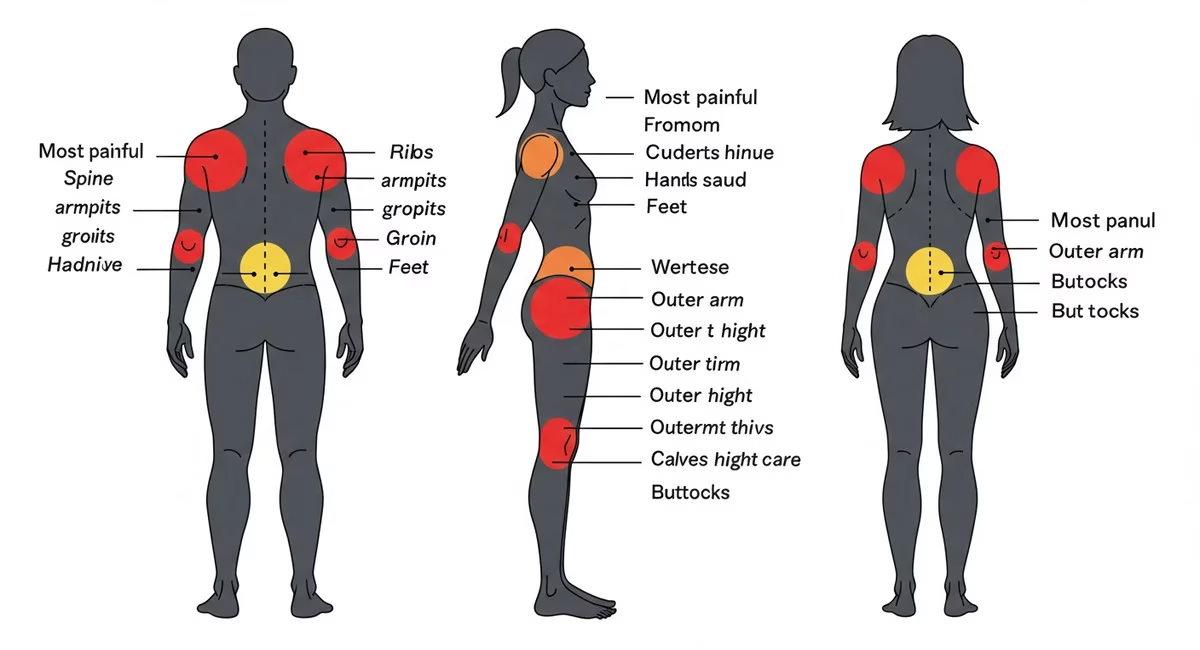Technology has transformed education in the US, with schools and universities utilizing it to offer better education. The use of technology in the classroom has transformed traditional teaching methods, providing new opportunities for both students and teachers. This article will discuss the different ways in which technology is being integrated into US education to enhance learning.
Digital Devices for Access to Online Resources:
Digital devices such as laptops, tablets, and smartphones are increasingly being used in classrooms to provide students with access to online resources, collaborate with peers, and complete assignments. For example, students can use these devices to access digital libraries, research databases, and educational videos to supplement their learning. Additionally, teachers can use these devices to provide real-time feedback on assignments and to monitor student progress.
Online Learning Platforms for Flexibility:
Online learning platforms offer a flexible learning environment that allows students to learn at their own pace and on their schedule. These platforms provide a personalized learning experience as students can choose content and resources relevant to their learning needs. For example, platforms like Blackboard and Canvas offer a range of digital resources, including videos, quizzes, and interactive simulations, to help students engage with course content. Students can use these platforms to participate in online discussions with classmates, receive feedback from teachers, and complete assessments.
Interactive Whiteboards for Engaging Teaching:
Interactive whiteboards enable teachers to deliver lessons in an interactive and engaging way. These boards can display multimedia content, conduct quizzes and polls, and facilitate group discussions. For example, a teacher can use an interactive whiteboard to annotate and highlight important information, display diagrams or images, and save and share lesson content with students. These boards provide a more engaging and immersive learning experience, helping students better understand and retain information.
Virtual and Augmented Reality for Immersive Learning:
Virtual and augmented reality technologies provide hands-on and immersive learning experiences. that help students better understand complex concepts and retain information more effectively. For example, science students can use virtual reality simulations to explore the human body, conduct experiments, and study the effects of gravity. History students can use augmented reality to visit historical sites and explore different cultures. These technologies provide a more experiential learning experience, allowing students to engage with course content in a more meaningful way.
Gamification for Increased Engagement:
Gamification involves the use of game mechanics and design elements in non-game contexts to increase engagement and motivation. This technique is increasingly being used in US education to enhance learning outcomes. For example, a teacher can use a gamified learning platform to deliver quizzes, interactive simulations, and other learning activities that reward students with points, badges, or other incentives. This approach provides a more engaging and motivating learning experience, encouraging students to stay on task and complete assignments.
Conclusion:
In conclusion, the integration of technology in US education has created new opportunities for teachers and students alike. These advancements equip students with skills necessary for success in a digital world, and have potential for further innovation.





